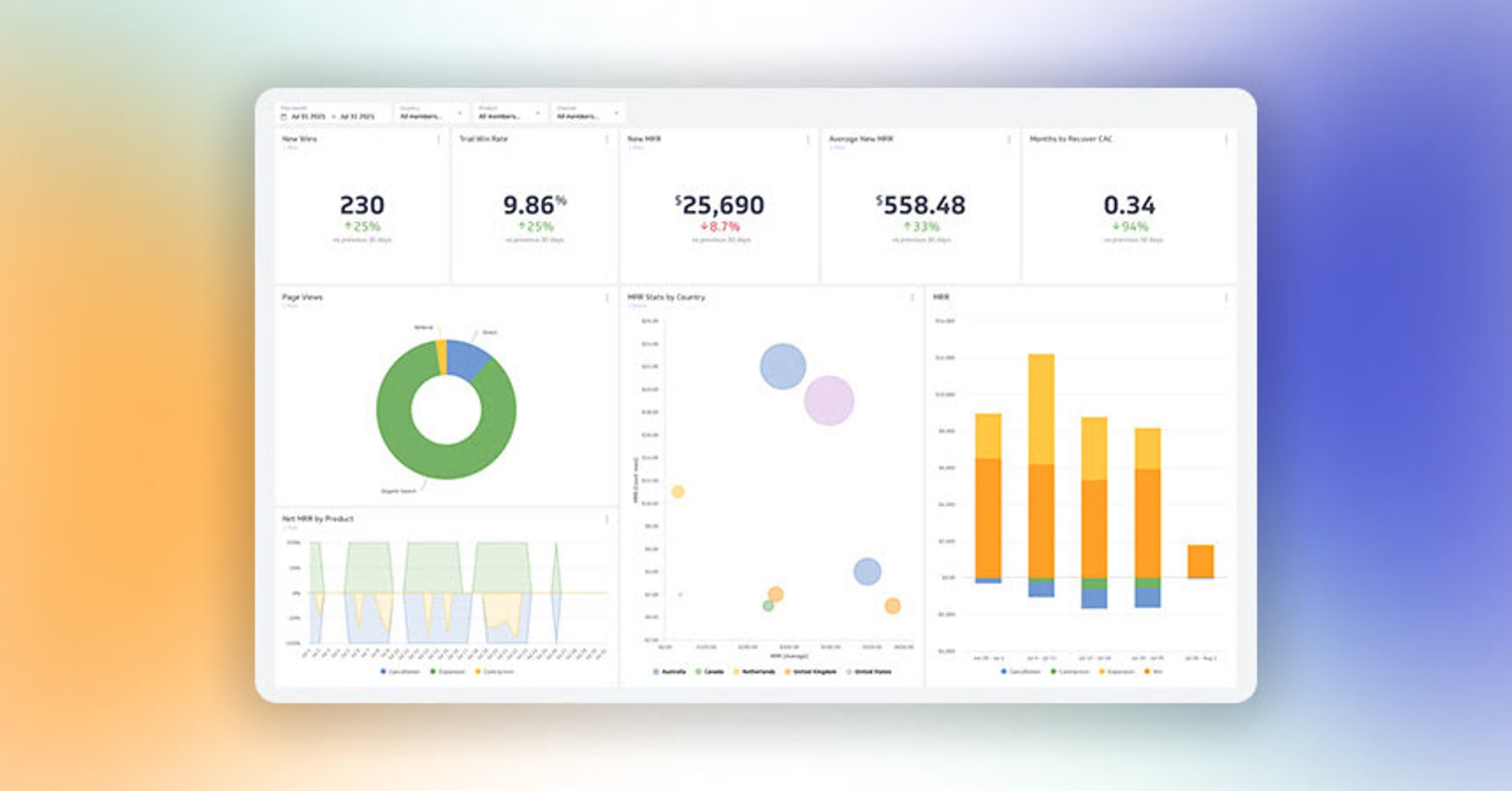How To Establish The Best Social Media KPIs
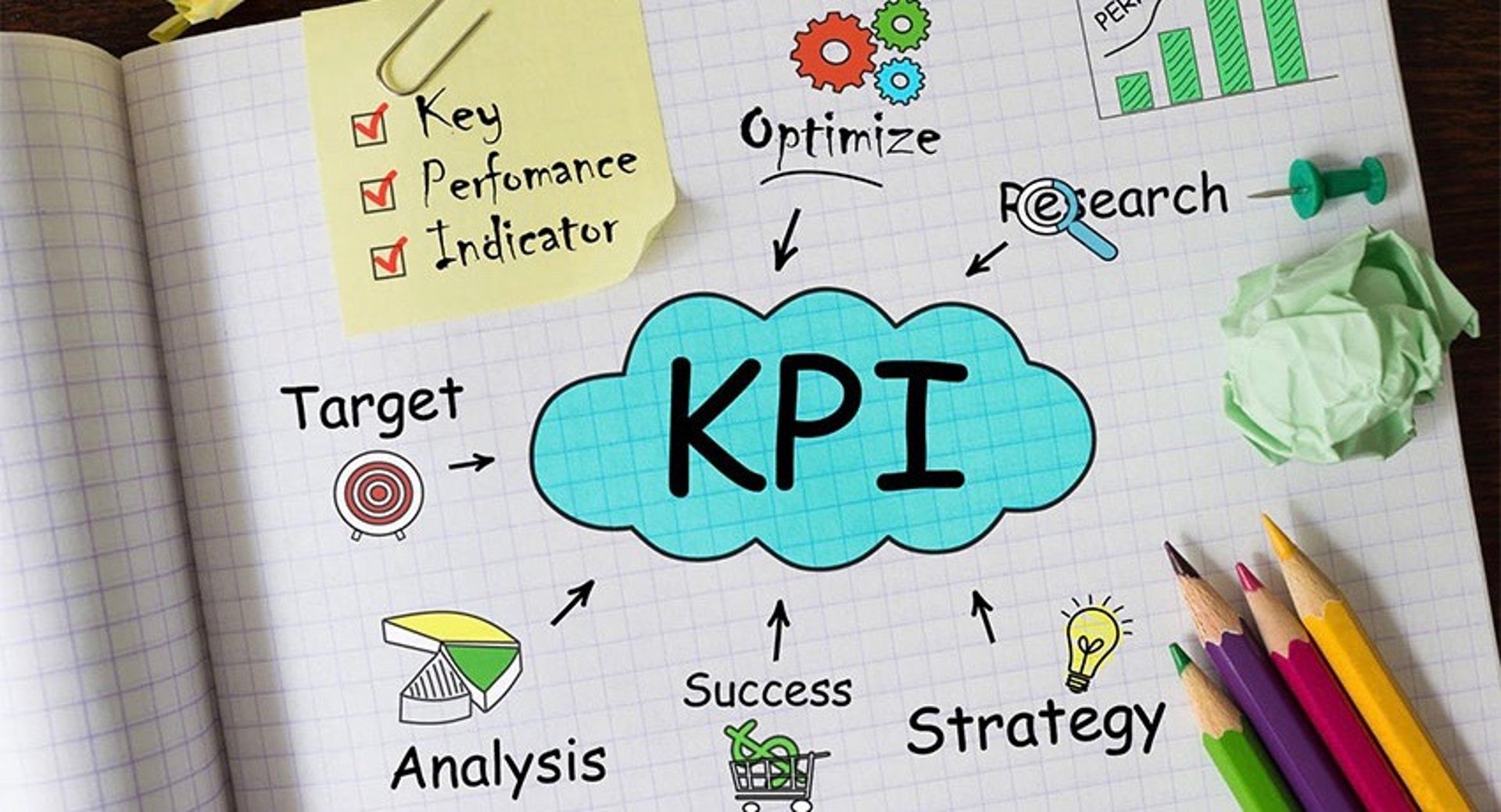
Published 2023-02-14
Summary - Social media KPIs… it's a buzzword that might seem antiquated by now. There are hundreds or even thousands of blog posts in many different languages about this topic. However, I would argue that most of those articles simply address what social media KPIs are—not how to choose which ones are the best fit for your team's particular goals.
Social media KPIs… it's a buzzword that might seem antiquated by now. There are hundreds or even thousands of blog posts in many different languages about this topic. However, I would argue that most of those articles simply address what social media KPIs are—not how to choose which ones are the best fit for your team's particular goals.
When it comes to social media KPIs, and indeed any segment of KPIs, it's important to do the initial work of separating what's possible from what you need.
Failing to do so could mean the most important part—successful social media measurement—becomes a massive waste of time.
First, a primer on KPIs
It's important to first have a clear understanding of what key performance indicators (KPIs) actually are. Basically, a KPI is a measurable value that demonstrates how effectively a company is achieving key business objectives. As such, the selected indicators are central for the success of whatever action the business takes (see some KPI examples here).
In social media analytics, KPIs are generally visualized in charts that include a variety of data pulled from your social media channels. Here's an example:
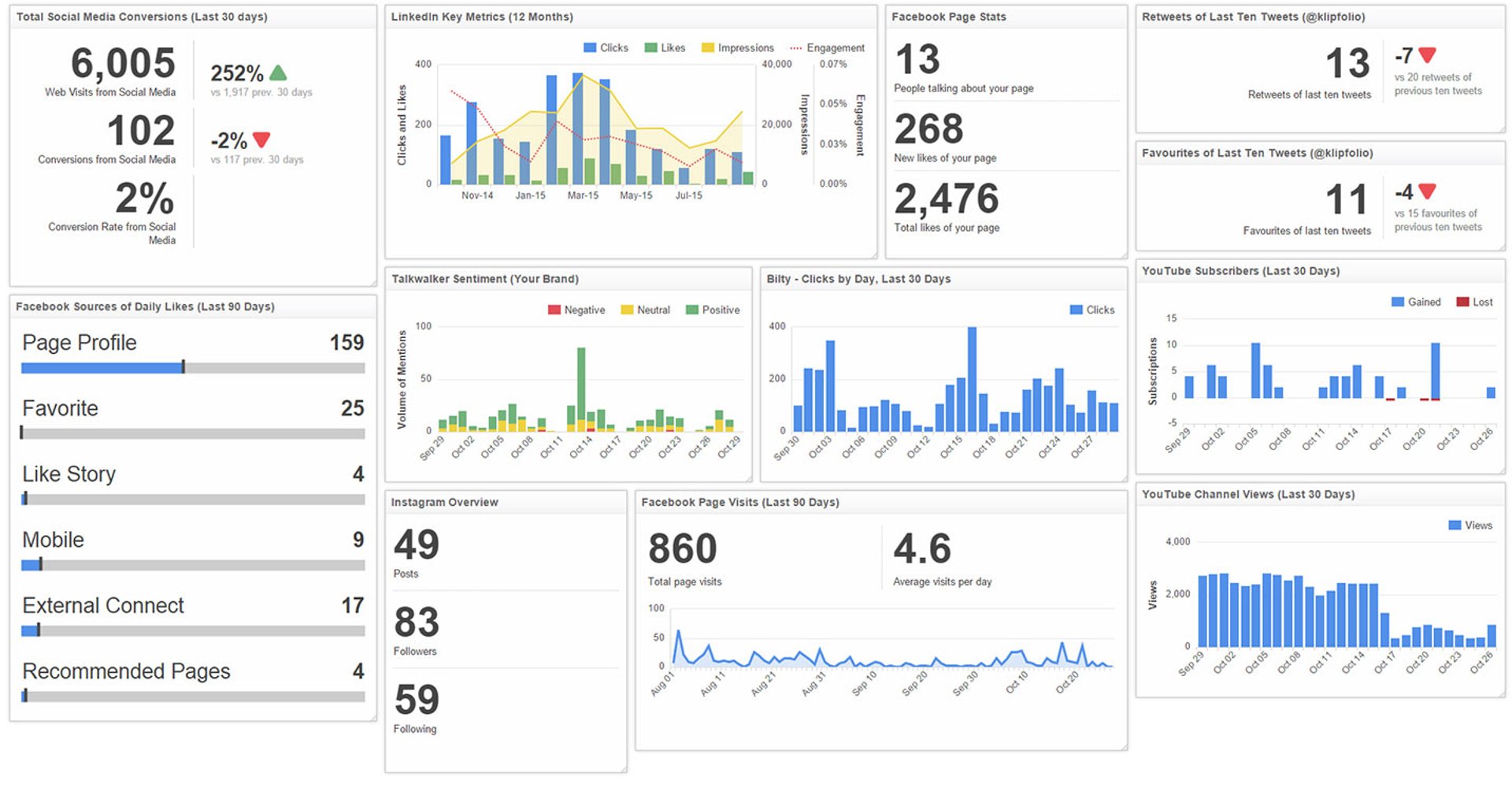
But before you make a cool dashboard and load it up with social media metrics, it’s important to take a step back and think about how to find what’s worth measuring.
What are the right Social Media KPIs for my goals?
The best social media managers begin with this question. While it’s possible to measure every social media metric under the sun, it’s called a KPI for a reason: you’re drilling down into what matters.
Finding what matters is typically far more difficult than simply measuring everything—but it’s well worth your time. This allows you to grow in ways that are aligned with overall company goals, and it allows you to break free from the vanity metrics that may look great but actually don’t move the business forward.
Here are three steps (and a metaphor) that we’ve found to be incredibly helpful in whittling down everything that can be measured into everything that should be measured.
Step 1: Evaluate the current state of your social media channels
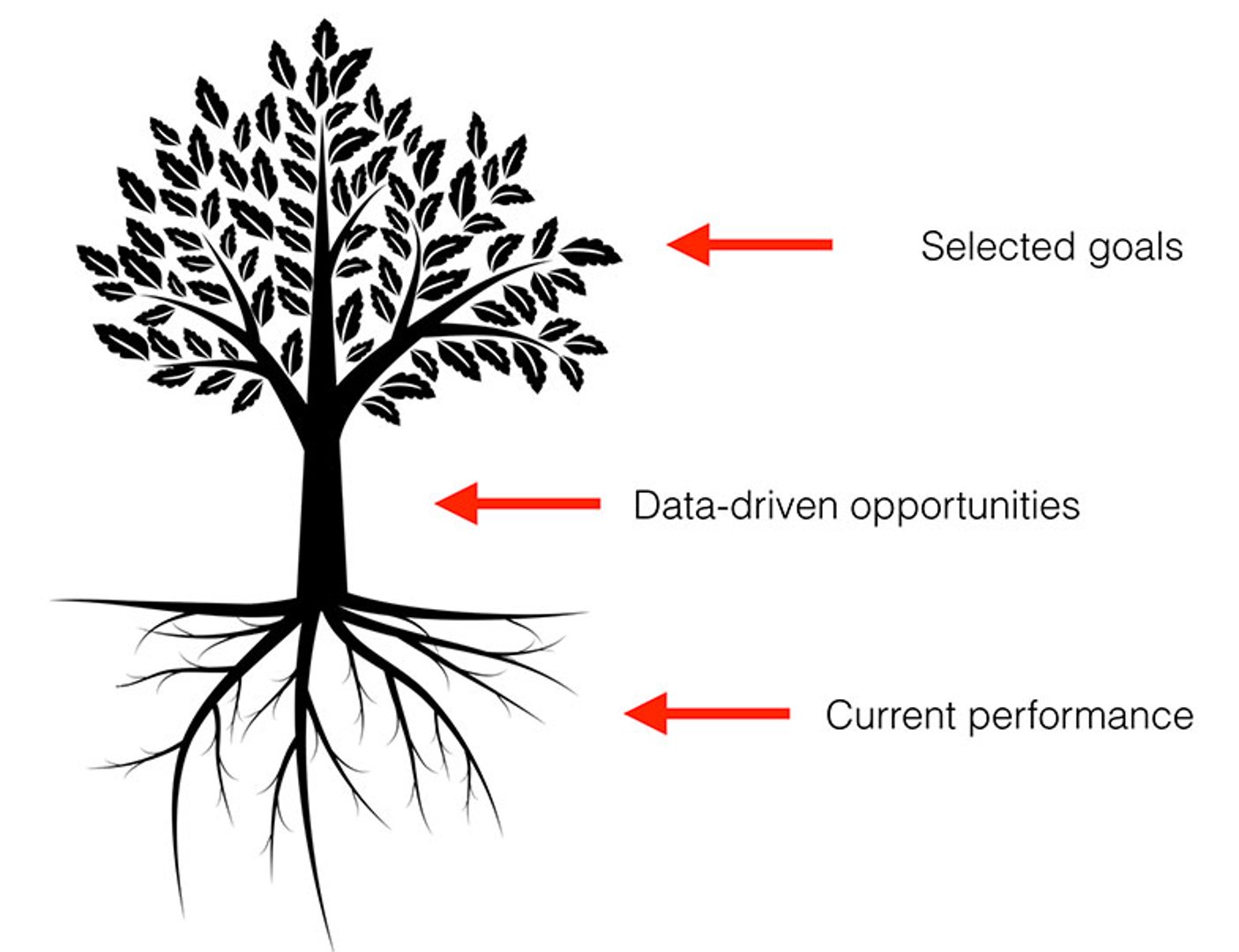
Step 1 begins at the roots. It’s here where you should assess your current social media performance measurement process. This process is what grounds the tree, and will serve as the foundation for what grows from it.
As you assess your process, you’ll naturally uncover data about your current performance. If you don’t yet have a process in place, these initial questions can help you form one:
- What social media metrics do we typically measure?
- Who measures them?
- When do we measure them?
- Do we report our measurements to others?
- When we gather social media metrics, do we act on them?
Without a process in place, and without an initial grasp on the data, it’s impossible to know where you are coming from (and therefore know where you are going).
This is your chance to look at many different metrics. Consider the number of your followers, the rate of change in follower increases, how many times you post and when, the interactions you get on your posts, etc. In this first step, you should not miss anything major. Take notes on the basics and don’t get too complicated in what you’re measuring.
Step 2: Use data to identify your social media goals
Welcome to the trunk. This is where the data you’ve evaluated grows into the strong core your social media team will need to figure out where it makes sense to blossom.
At this point, you know your social media process, and you can answer basic questions such as:
- How many followers do we typically get each month?
- How often do we post each week?
- How many interactions do our posts typically get, and what kind?
The trunk is where we take action on the insights we gathered from the roots.
Let’s imagine that you are active on Facebook. If you’re posting each day of the week and seeing a steady increase in Facebook fans, but you’re not getting many reactions to your content, setting an increase in interactions as your goal (rather than posting more frequently) would be a smart goal to set.
Or let’s imagine you want to improve your Instagram channel. You might get consistently great interactions from your followers, but your follower count is moving at a snail’s pace. Your aim for the future might then be to adjust your Instagram strategy so you reach more people.
Note: Our team at quintly actually studied this, finding that on Instagram there’s typically a higher interaction rate on smaller profiles than on bigger profiles.
Step 3: Establishing the right social media KPIs
We’ve now reached the crown of the tree. Everything we did up to this point has been to figure out what we want to see blossom here. It’s KPI selection time!
Based on what you learned from the trunk, write down which KPIs your team is going to focus on. It will help—when the time comes to reflect back over your social media performance from the previous quarter—if you also write down why you’ve decided to focus on these particular KPIs.
To help get you on your way, here’s a list of what some of our clients have come up with when they’ve worked through this process:
Fan/Follower metrics
There was a time when most discussions on social media performance were about raising the number of followers. Those times are over. Nonetheless, a solid follower base is still an important factor for constantly reaching a certain number of people. So here are some useful social media KPIs that concern your followers.
Fan/Follower Change
On your way to reaching a certain follower goal, one day the number will rise steeply and another day it won’t. It may even go down at some point. All of these are normal fluctuations.
Monitoring this change can help you identify successful campaigns or determine actions that might not have achieved their intended result. In this example on Instagram for December 2016, you can see that Mercedes-Benz had a follower growth of well more than 10k on most days.
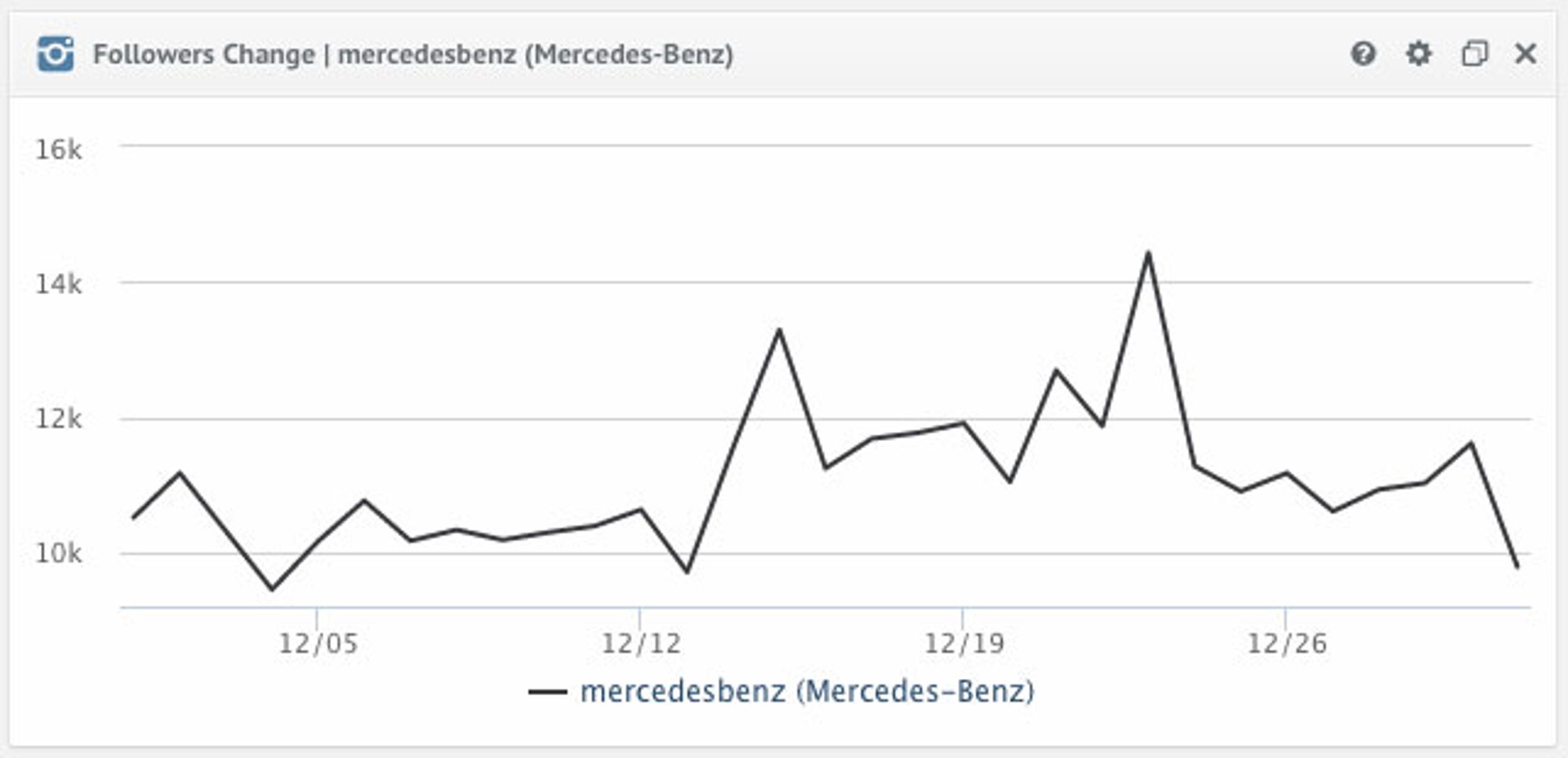
Fans/Follower Progress
Besides looking at your followers through tables and graphs, there is also a very useful visualization if you want to measure your social media channel growth status. The Gauge chart gives you an accessible insight into your current stage towards reaching a particular social media KPI. Based on this chart, you are able to easily adjust your actions and spendings. Also, at the end of the time period that you chose to reach your goal, you will be able to see at a glance if you reached it or not.
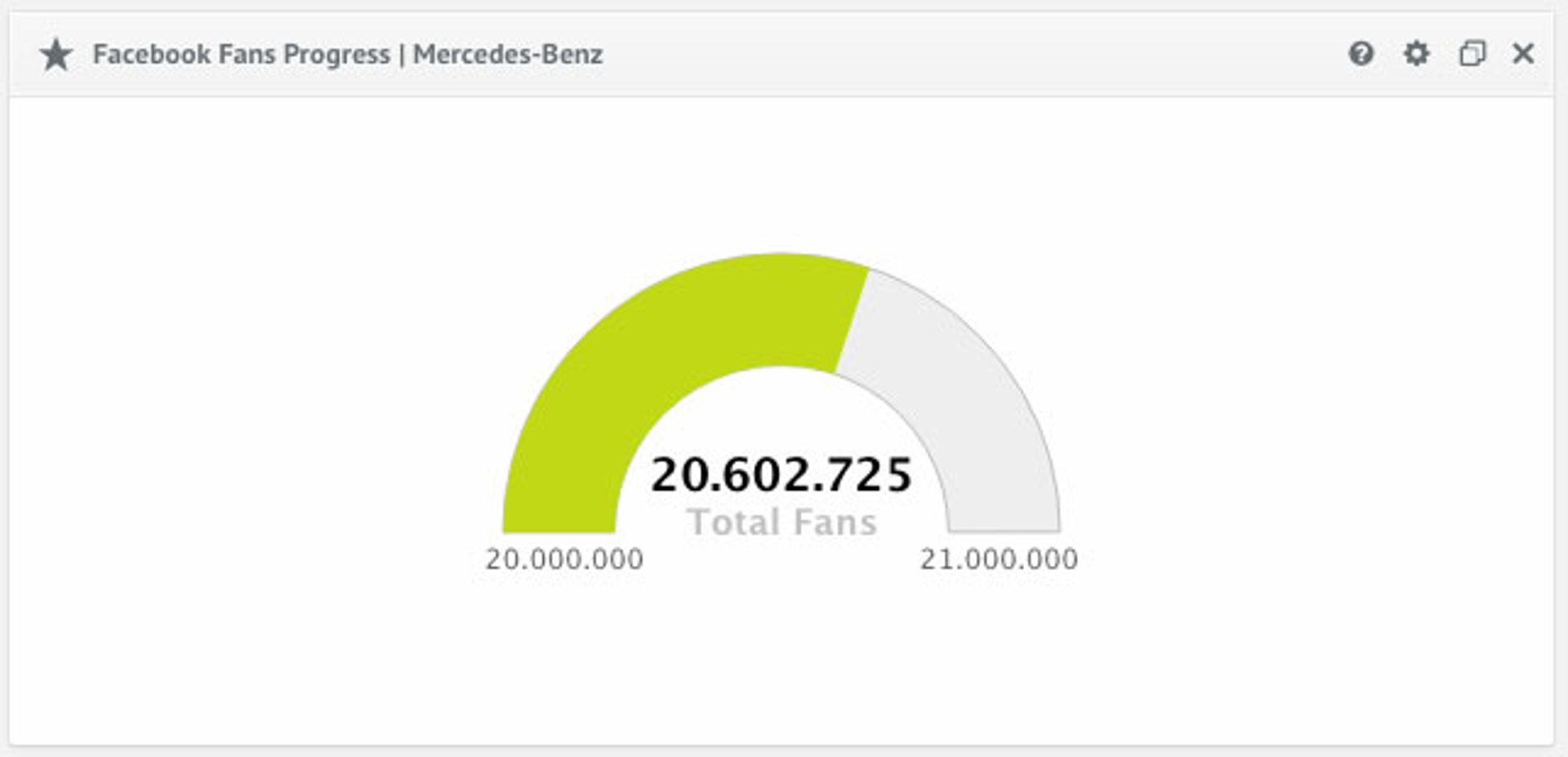
Fans/Followers by Country
If your brand is international, you might want to know where your fans come from. This is important so you can better adjust your content sharing (including posting times and other variables) to where they live. You can also identify which countries might really be responding to your content, which will help you ramp up how you engage with followers there.
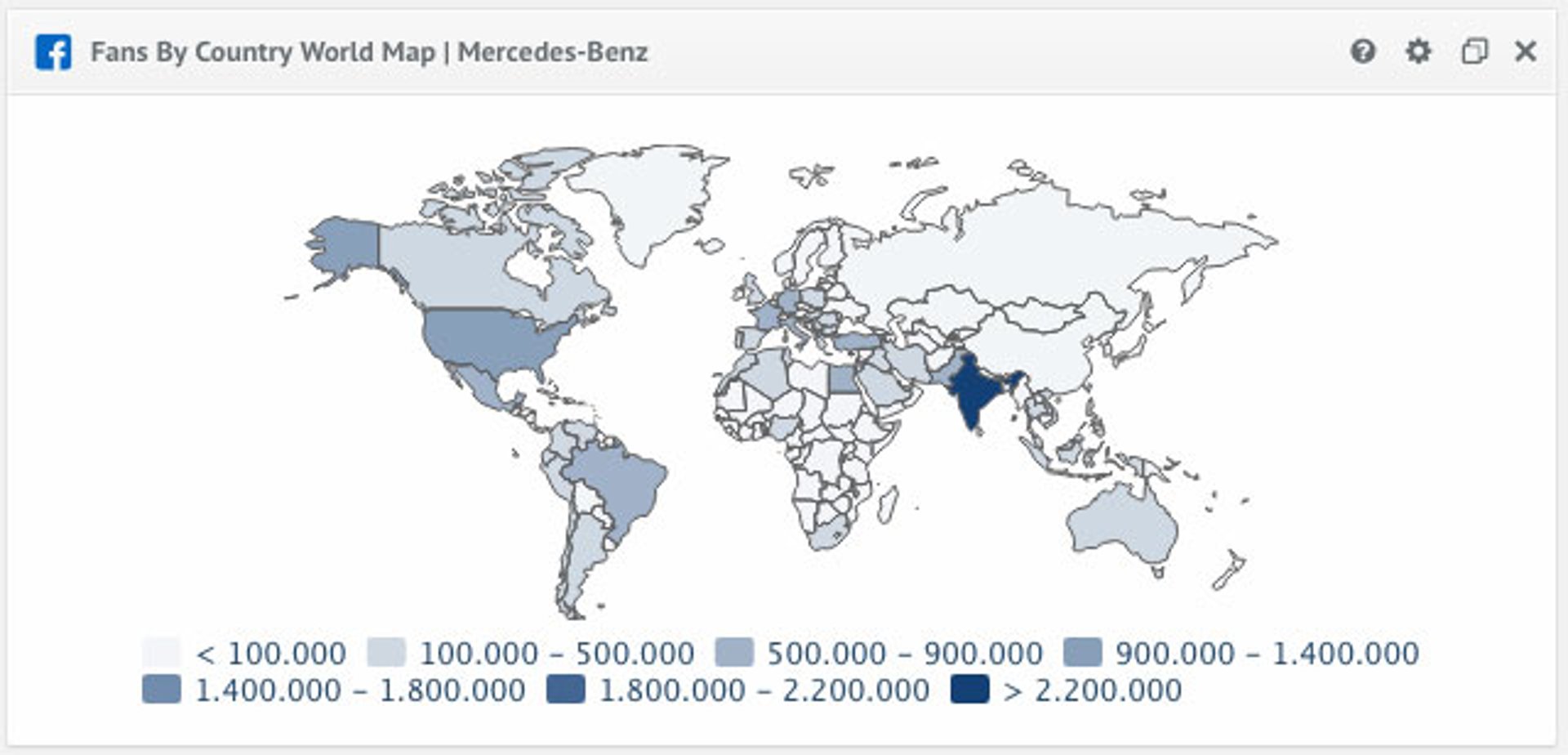
Publication metrics
Metrics around publications help you identify all of your posting behavior, as well as that of your competitors.
Own Posts/Tweets
This KPI will show you the number of published posts. Diving into this metric is important, as it lets you know if you have posted the targeted amount of content and how your frequency might stack up against your competitors. Here you can see that Mercedes has tweeted more often than BMW.
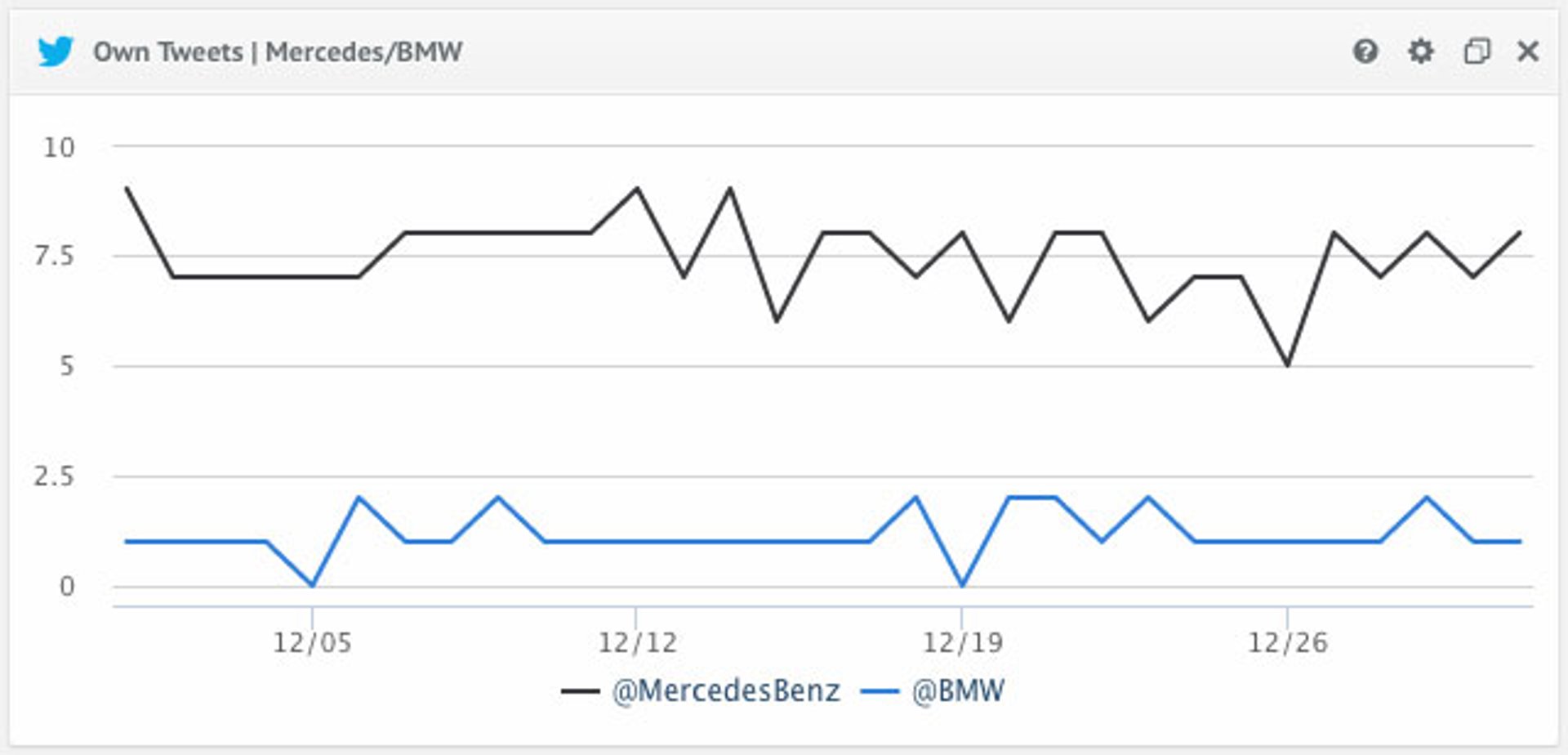
Own Posts/Tweets by Time
Managing the timing of your posting can be vital, especially if your pages have a global audience. In order not to miss any region (eg. you’re only posting when it is late at night in a specific time zone), every social media manager should have a close eye on the Own Posts by Time KPI.
In quintly, this social media KPI will be visualized as a bubble chart showing you not only when you post but if you post often at any given time. It will also help you identify relevant posting patterns. In the case of Mercedes-Benz here, you can see that they always post at 5am, around 10am and around 7pm (the time zone in this chart is that of Western Europe).
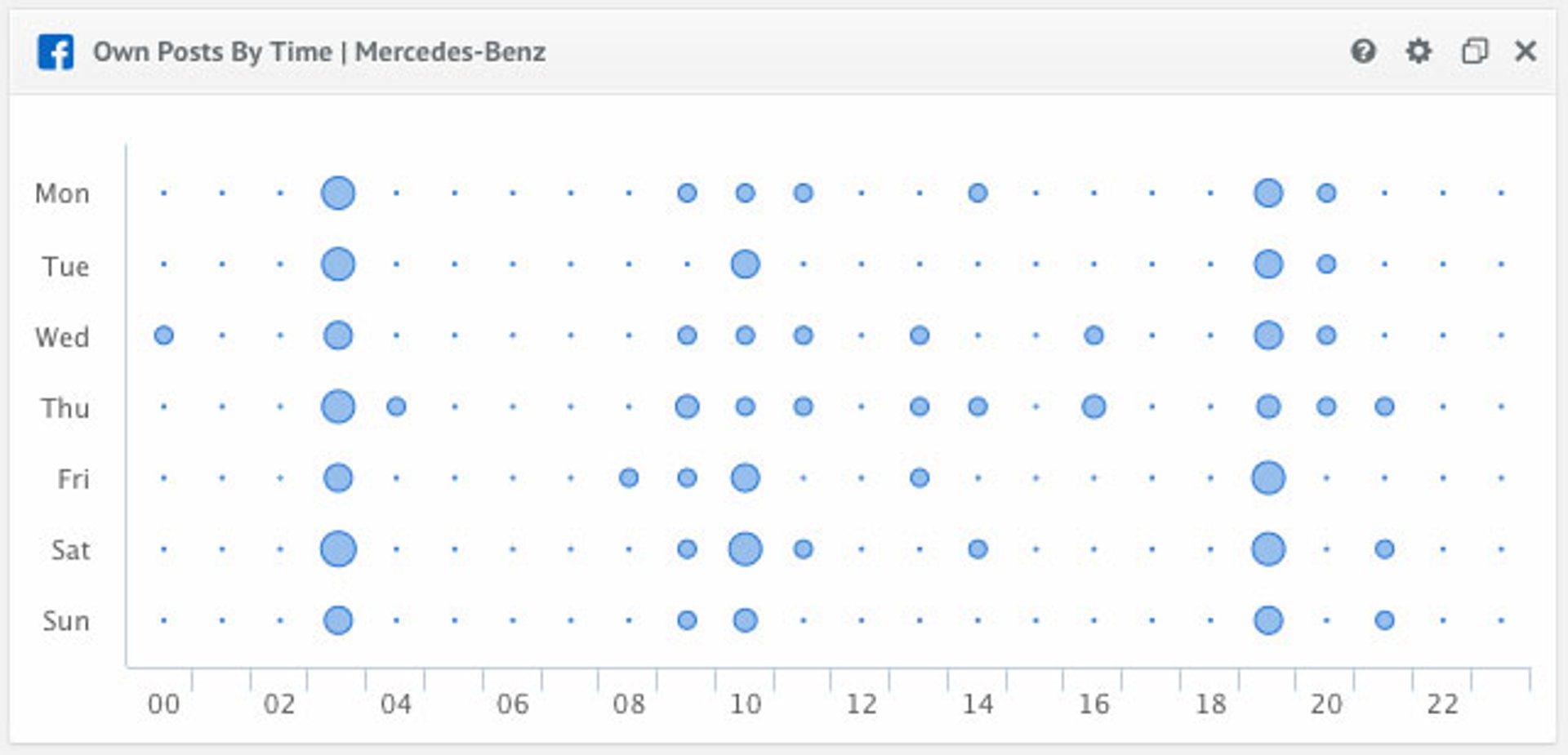
Post Type Distribution
Besides knowing how often and when you post, it is also important to know the distribution of post types. These could be photos, videos, links or just ordinary status updates that only contain text and maybe some emojis. As some content is more effective than others, this KPI gives you insights into which of these you use the most. Based on this information, you will see if you publish the content that works best.
In this example we can see that more than 50% of the posts are video content. This is a good move as videos tend to drive more Facebook engagement, for example, than other types of posts.
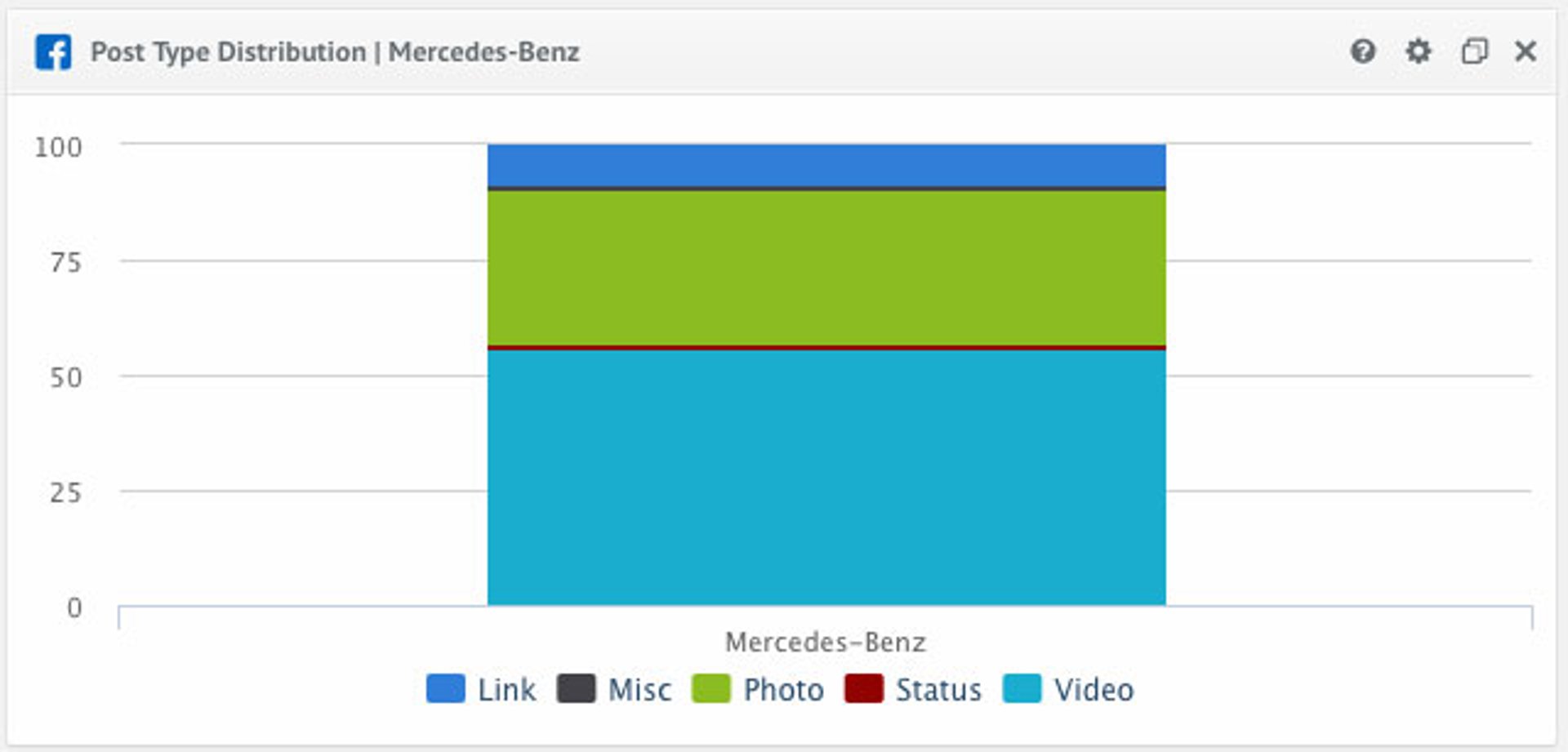
Engagement metrics
The following metrics go beyond seeing what you are doing and into seeing what kind of impact you’re making. Use these to track the amount of interactions on your social media channels.
Overall Interaction Rate
A central social media KPI is the total interactions per network. This metric will easily show you the best-performing network at a glance. It enables the social media managers to identify where their own content and that of their competitors is creating the highest amount of interactions. In this case, you can see that Instagram clearly shows the best results for interactions among other networks.
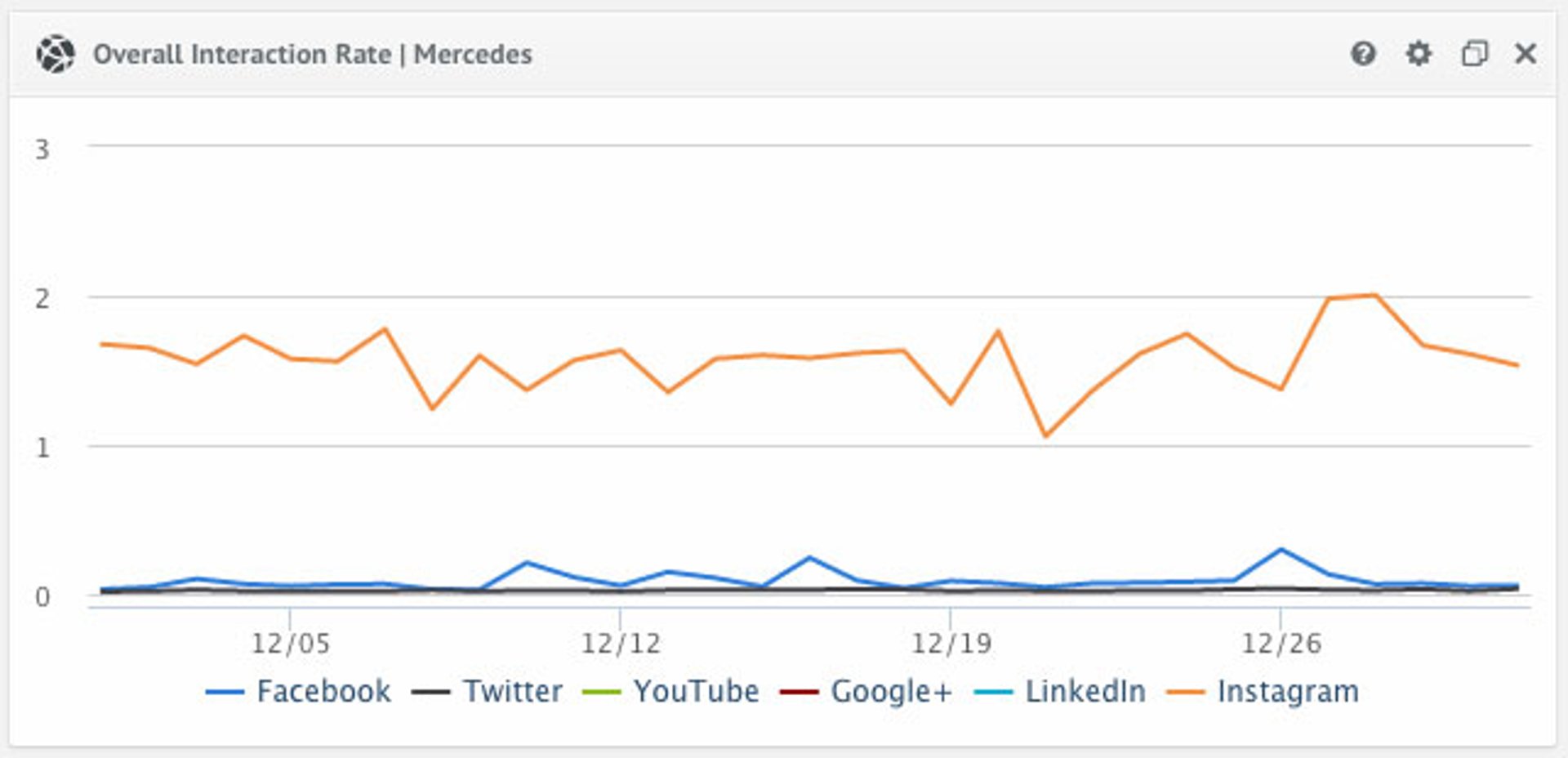
Interaction by Time
The most effective time for posting content has long been part of a controversial discussion among social media managers. As this can be dependent on different factors like the industry, product and audience, it is very helpful to monitor when posts create the highest engagement. The chart below shows that Mercedes gets the most interactions during the evening.
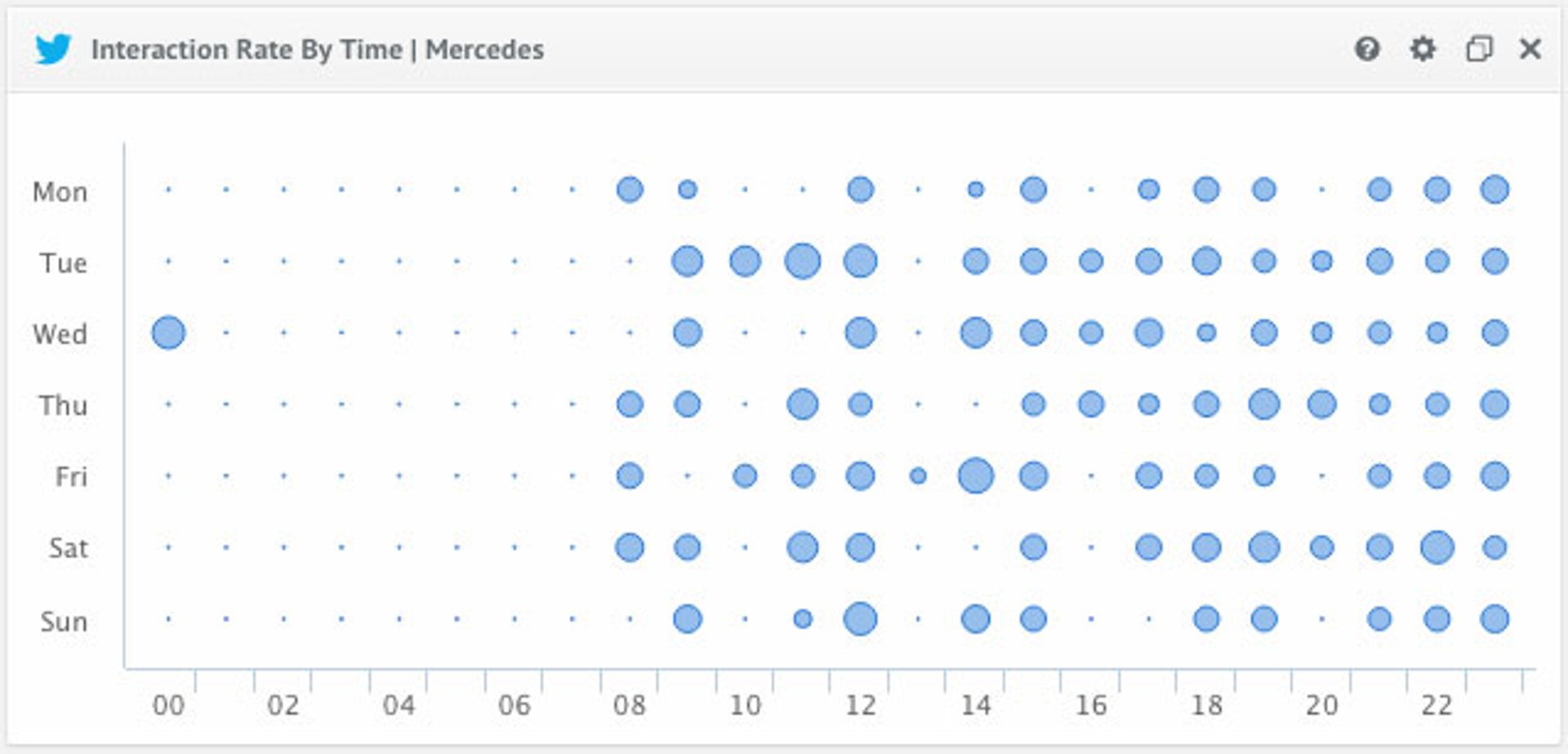
Average Interaction per Post
This last KPI is going one level deeper into the process of social media analytics. By monitoring the interaction for a specific post, you will be able to find the posts that are working especially well. By doing so, your company can prevent spending money on content which is not creating a high rate of engagement. Mercedes’ Instagram profile shows they almost always have over 100,000 interactions per post.
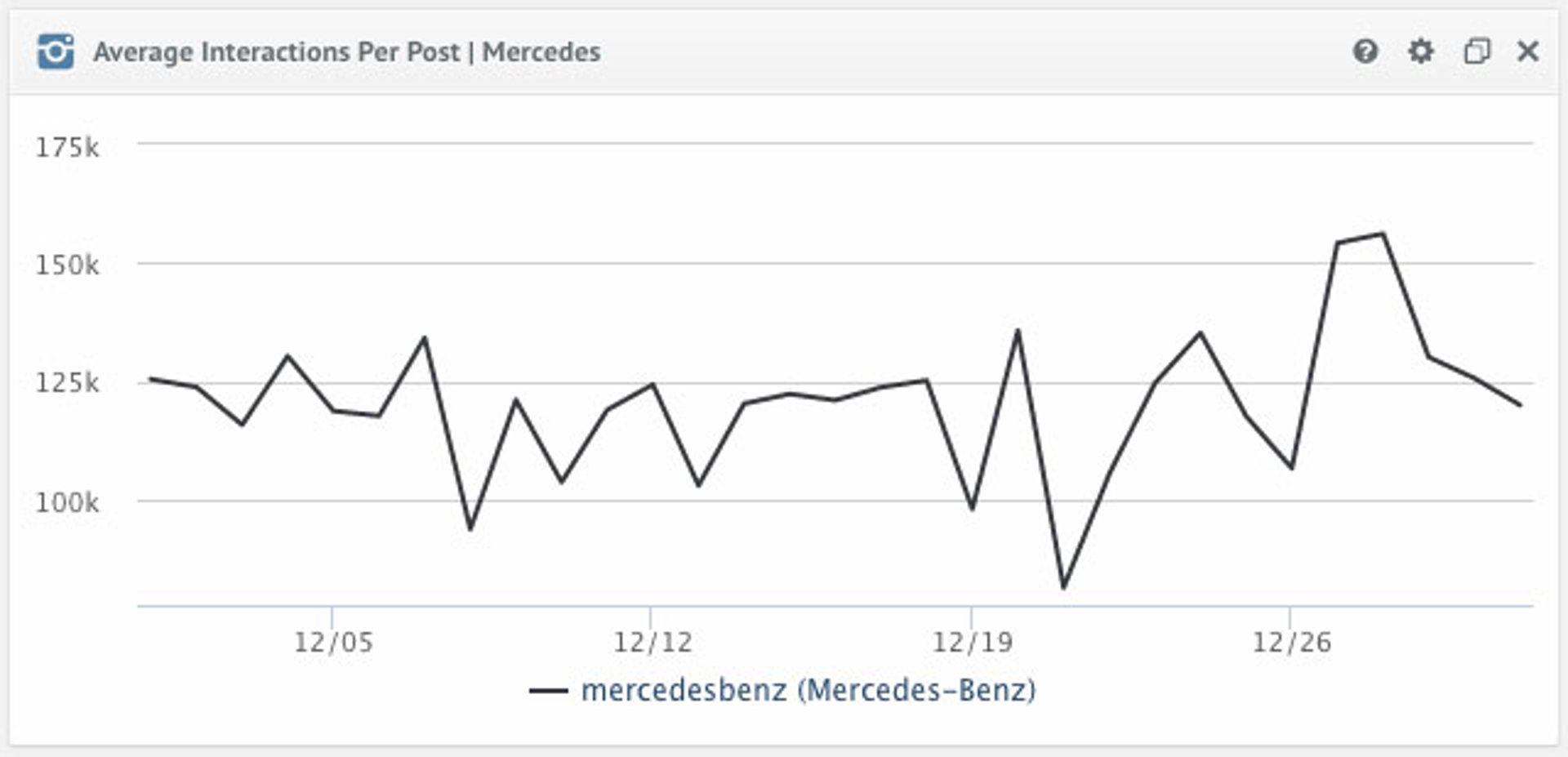
A final word on establishing the best social media KPIs
Circling back to the tree metaphor—establishing the best social media KPIs is really about understanding your current process (the roots), discovering where the opportunities are (the trunk), and then choosing which of those opportunities to pursue (the crown).
This can differ quite dramatically depending on resources, industry, and many other variables, but by getting a clear view on the current state of your social media channels and making data-driven decisions that help you define your future goals, you’ll be well on your way Learn how to define your organization's goals.
***
Note: Metrics screenshots were taken with quintly.
Related Articles

Klipfolio Partner How-To #1: Duplicating dashboards across client accounts
By Stef Reid — November 27th, 2025
Klipfolio Partner How-To #2: Company Properties can simplify client set-up
By Stef Reid — November 26th, 2025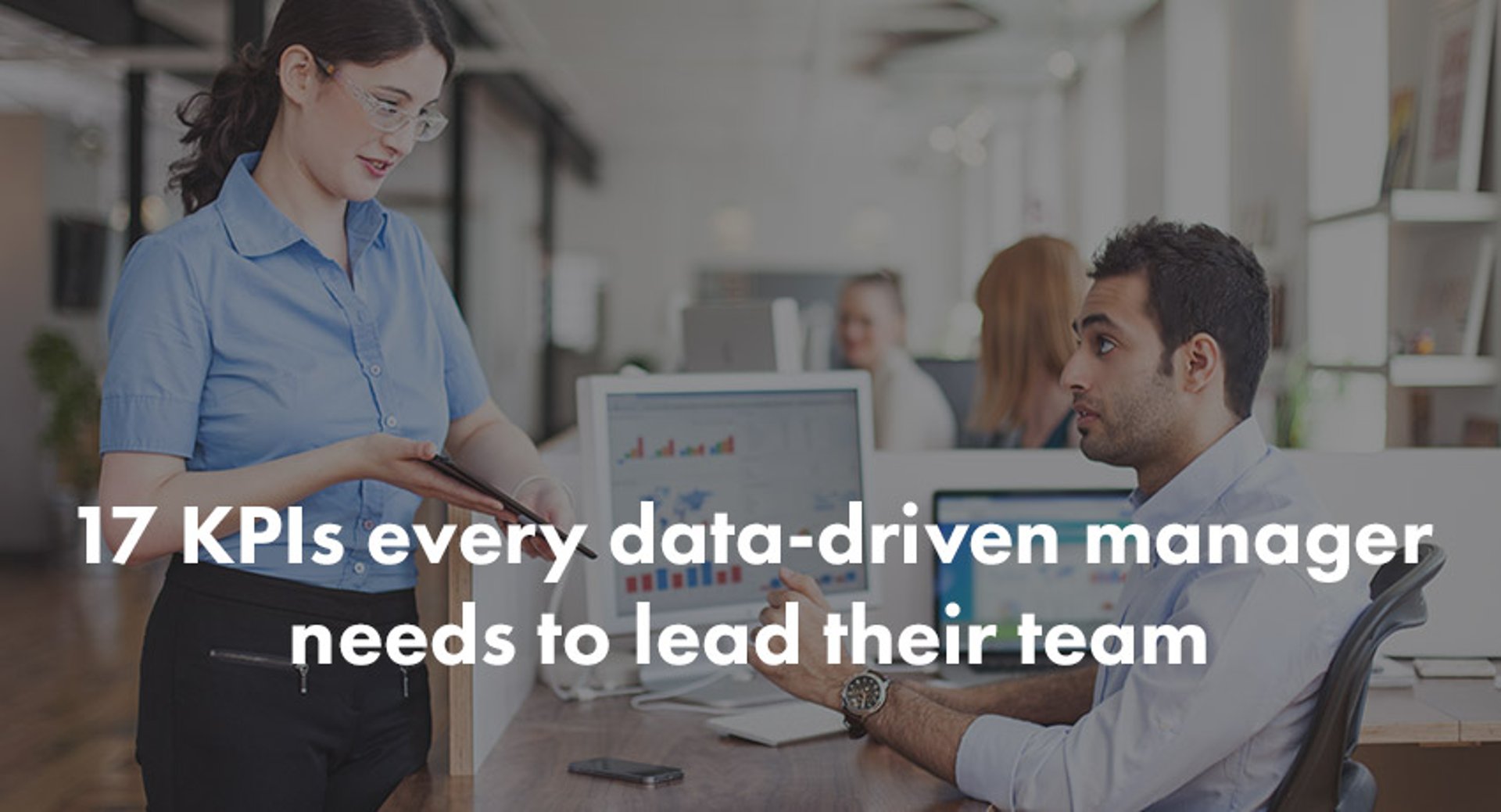
17 KPIs Every Data-Driven Manager Needs to Lead Their Team
By Danielle Poleski — October 14th, 2025